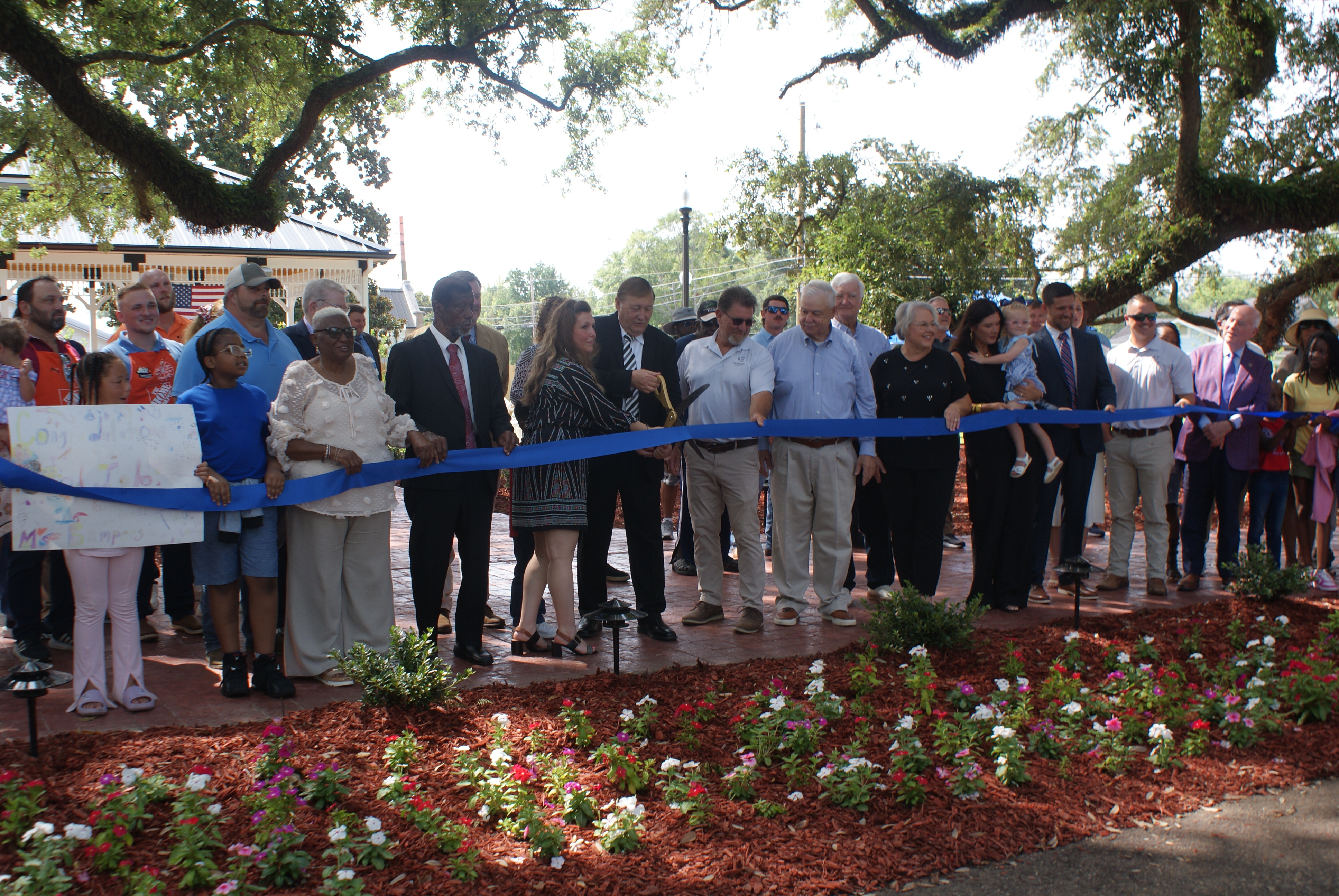Washington cracks down on abandoned Gulf wells
Published 2:17 pm Friday, September 17, 2010
The Obama administration moved to head off another catastrophic leak like the BP disaster Wednesday, ordering oil and gas companies in the Gulf of Mexico to plug or dismantle thousands of wells and platforms no longer in use.
The move came as the government’s point man for the oil spill said BP’s blown-out well should be pronounced dead by Sunday.
In Washington, Interior Secretary Ken Salazar issued an order requiring oil and gas companies to plug nearly 3,500 nonproducing wells and dismantle about 650 production platforms that are longer being used.
The threat posed by the wells was detailed earlier this summer in an Associated Press investigation. The Gulf has more than 27,000 abandoned oil and gas wells and more than 1,200 idle rigs and platforms, and AP found that many of the wells have been ignored for decades, with no one checking for leaks.
Michael Bromwich, director of the Bureau of Ocean Energy Management, Regulation and Enforcement, said the Obama administration crackdown was under consideration long before the Deepwater Horizon explosion.
“As infrastructure continues to age, the risk of damage increases. That risk increases substantially during storm season,” he said.
Under the order, operators must plug wells that been inactive for the past five years. Platforms and pipelines that are not being used for production or exploration must be decommissioned, even if the leases are still active.
Current federal regulations require idle structures to be decommissioned — a process that involves plugging wells and dismantling and removing equipment — within one year of the lease’s expiration date.
Oil and gas producers have long argued that certain idle platforms, wells and pipelines are still valuable, because they might one day be used to support other wells nearby. Oil companies have been reluctant to plug the wells and remove the infrastructure until the lease expires.
Randall Luthi, president of the National Ocean Industries Association, an offshore drilling group, welcomed the new order, which he said had been in the works for at least two years.
“Now, as then, the offshore industry is committed to safe operations, both during and after exploration and production, and this includes responsible removal of structures and plugging of wells,” said Luthi, a former head of the Minerals Management Service, the agency that oversaw offshore drilling before it was overhauled and renamed as a result of the BP disaster.
He said the Obama administration “must also assist in clearing the path so such operations can be done quickly, smoothly and in an environmentally responsible manner.”
Rep. Raul Grijalva, D-Ariz., who had urged Salazar to do something about idle rigs, called the announcement excellent news for both the economy and the environment.
“These structures are not producing resources or creating jobs by just sitting there, and the risk of leaking abandoned rigs is something we’ve overlooked long enough,” said Grijalva, chairman of a House subcommittee on national parks and public lands. “This announcement should put thousands of Gulf laborers back to work in short order cleaning up the Gulf and opening up new opportunities.”
Meanwhile, retired Coast Guard Adm. Thad Allen, the government official overseeing the crisis in the Gulf, said the relief well BP has been drilling all summer long should intersect the ruptured well within 24 hours. He said mud and cement will then be pumped in, sealing the hole once and for all by Sunday.
“We are within a 96-hour window of killing the well,” Allen said nearly five months after the disaster unfolded with an explosion aboard an offshore drilling rig April 20 that killed 11 workers.
No oil has spewed into the Gulf since a temporary cap was put on the busted BP well in mid-July. Mud and cement were later pushed down through the top of the well, allowing the cap to be removed. The relief well is being drilled 2 1/2 miles through dirt and rock beneath the sea floor so that the ruptured well can also be sealed from the bottom, ensuring it never causes a problem again.
As of Wednesday morning, crews had only 20 feet left to drill.
The spill of more than 200 million gallons of oil led to closer scrutiny of the thousands of other wells in the Gulf, stoked anger toward BP and cost CEO Tony Hayward his job.
On Wednesday, testifying before a British parliamentary committee, Hayward insisted his company had a strong safety record and was not solely to blame for the disaster. But he also acknowledged: “I understand why people feel the way they do, and there is little doubt that the inability of BP, and the industry, to intervene to seal the leak … was unacceptable.”
Allen announced that he will step down as incident commander for the oil spill on Oct. 1 — the same day BP installs American Bob Dudley in Hayward’s place. Allen will be succeeded by Coast Guard Rear Adm. Paul Zukunft. Allen said the timing of his departure is unrelated to BP’s leadership change.
“I worked well with Tony Hayward and I work well with Bob Dudley,” Allen said. “I like to think I work well with anybody.”
Appearing with Allen at a seafood distributorship in Kenner, National Oceanic and Atmospheric Administration chief Jane Lubchenco said monitoring continues of oil that remains in the Gulf.
Scientists said earlier this week that they had found thick patches of oil coating the sea floor, raising questions about government conclusions that much of the mess has broken down and is gone. Testing is under way to establish conclusively whether the oil on the sea floor is from the BP spill.
Allen and Lubchenco sought to reassure the public that seafood from the Gulf is safe to eat. Allen said he has eaten Gulf seafood every day for the past several days.





